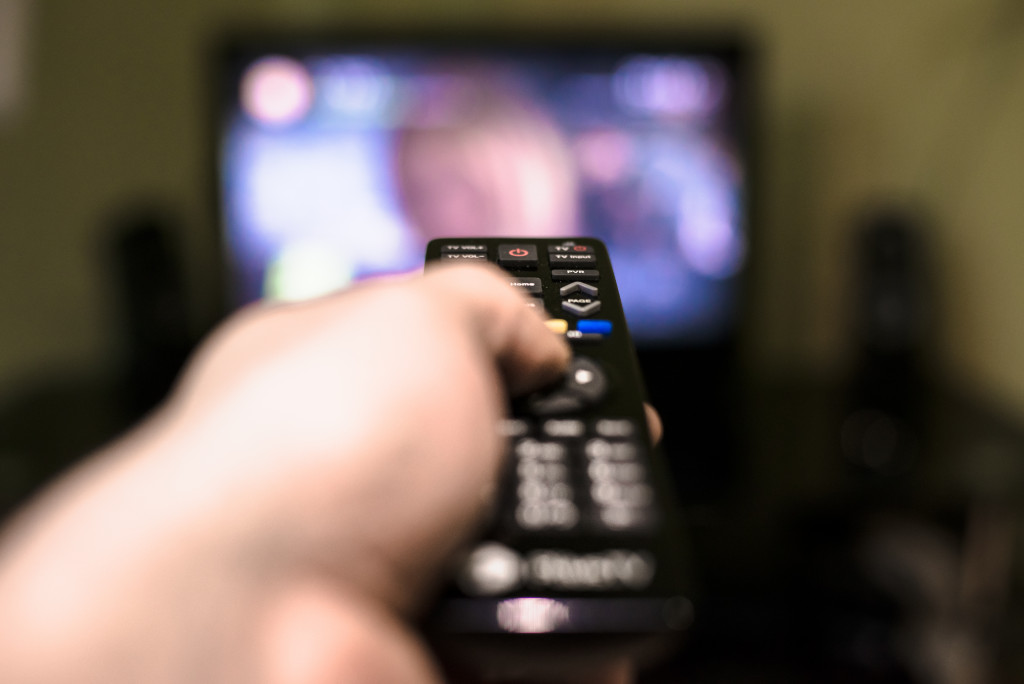Sun sensitivity or allergy, or photosensitivity, is the condition upon which a person might experience inflammation of the skin due to certain medications or substances. Another example is photosensitive epilepsy (PSE), a type of epilepsy wherein the person might experience seizures due to various stimuli like flashing lights, moving patterns, and other bold patterns and lighting.
These are conditions that many people have, yet they never come up when it comes to home and interior design. If you live with someone who might be experiencing any of these things, we need to exhaust every way to ensure that our home is as accessible for them as possible. Here are some tips for designing a photosensitive and epileptic-friendly room.
Invest in durable interior and exterior shades
If your home has massive windows, especially if they’re floor-to-ceiling ones, make sure to invest in long-lasting shades for your home, like blackout curtains for the interiors. If you have an outdoor living space, make sure you at least have commercial sun shades like the ones often used in alfresco restaurants—they help keep out the glare of the sun.
The blackout curtains are necessary for mornings when your photosensitive family member might be blinded by the rising of the sun or when their allergies flare up. Blackout curtains can help keep them safe from the harmful effects of natural daylight. On the other hand, the outdoor sun shades can help them enjoy the home’s outdoor living space without worrying about being exposed to harmful UV rays.
Use the right lighting tone
Another consideration is the tone of the lighting, meaning its temperature. The rule of thumb is that warmer tones tend to be yellow to red, while cooler tones tend to be white to blue. Epilepsy experts say that specific colors are critical, especially warmer tones. This is because the tone is crucial in an epileptic spectrum, so they often have to wear optical filters or blue lenses. Consult with your epileptic loved one’s doctor about which tone of lighting is best for your home to help keep seizures at bay.
Consider a sunrise lamp
For those who have a sun allergy, one of the best ways to still enjoy the golden hour of the day or the look of sunrise and sunset is by investing in a sunrise lamp. It’s exactly as its name suggests: It’s a lamp that replicates the final hour before sunset and the first hour after sunrise, which is when the sun is at its lowest, providing a warm, yellow-toned glow.
There’s a reason photographers often try to chase after this particular type of lighting—it looks amazing in photos, and it provides a feeling of warmth and serenity, too. Basking in the warm glow of the sun is not the healthiest for a person with a sun allergy, but a sunrise lamp is one of the best ways to come close to that feeling without compromising one’s health.
Mind the screens

For a home with an epileptic occupant, one of the most important considerations is screen placement. Here are some tips to ensure that your TV screens or monitors don’t cause harm to your epileptic loved one:
- Place the television in a well-lit room to ensure that there is not much contrast between the background light and the screen light.
- Lower the screen’s brightness.
- Place a minimum of five feet between the viewers and the screen.
- Make sure the remote control is always with the epileptic person to ensure that they have enough distance from the screen.
- Invest in a smaller screen instead of bigger ones. If you must have a bigger TV screen, make sure there is enough distance between it and the epileptic viewer.
Change flickering lights as soon as possible
Various triggers often cause light-induced seizures, but one of them is flickering light sources with a frequency of about five to 30 flashes per second. This is why the Epilepsy Foundation suggests that photosensitive individuals not be exposed to light flickers or flashes greater than three per second. If there are flickering lights or screens in your home, turn them off or replace them as soon as possible.
Consult your doctor
While you can follow general rules of thumb, it’s still best to consult with your doctor about your loved one’s specific case. Circumstances will still vary from person to person, and it would be best to focus on what your loved one has. Involve your family member’s physician in the designing choices to make your home accessible for your photosensitive loved one.

